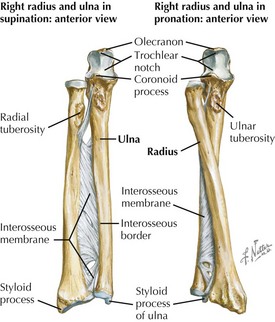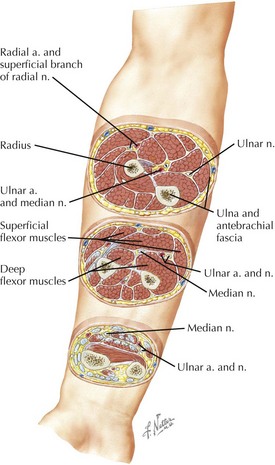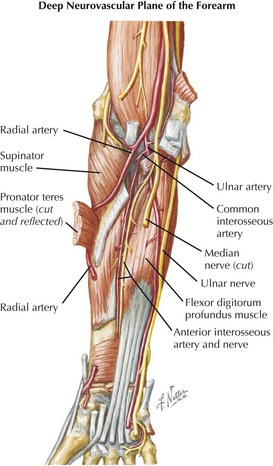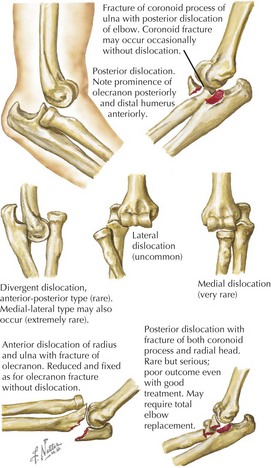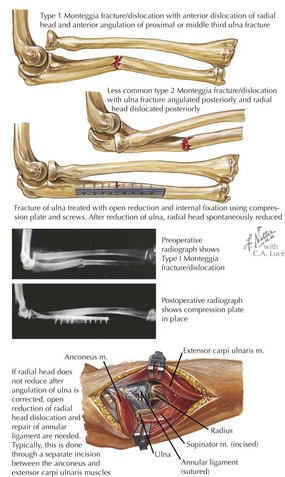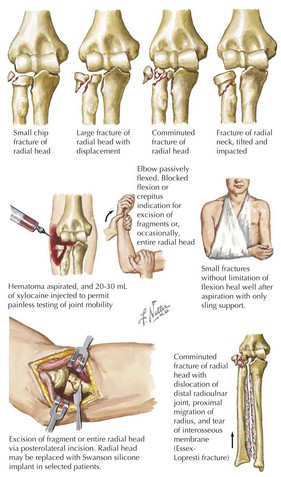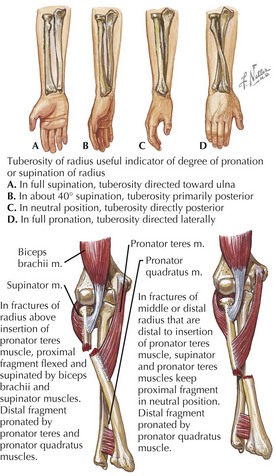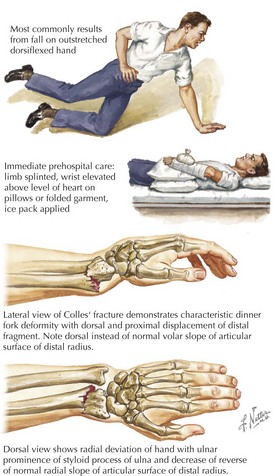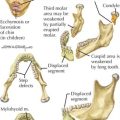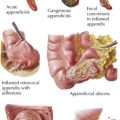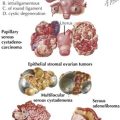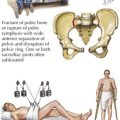22 Forearm Fractures
Anatomy of the Forearm
Ulna
• Parts and landmarks: olecranon, trochlear notch, coronoid process, shaft, anterior border, styloid process
Radius
Elbow Joint
• Ulnar (medial) collateral ligament: from medial epicondyle of humerus to (1) coronoid process and (2) medial olecranon
Compartments of the Forearm
• External investing antebrachial fascia is relatively tough and nonexpansile, with fascial septa between compartments.
• Proximal forearm
• Lower forearm: flexor digitorum superficialis and profundus tendons, flexor pollicis longus, pronator quadratus
Vessels and Nerves
Arterial Supply of the Forearm
• Anastomoses between upper (collateral) and lower (recurrent) branches preserve blood flow across elbow joint, with both anterior and posterior connections from medial and lateral vessels.
Nerves of the Forearm
• Hilton’s law: nerves supplying a joint also innervate muscles acting across it, as well as skin over distal insertions of those muscles
Median Nerve (C6-T1)
• Deep portion, anterior interosseus nerve, travels in neurovascular bundle along interosseus membrane to pronator quadratus.
Ulnar Nerve (C7-T1)
• Passes posterior to medial epicondyle of humerus, within the cubital tunnel, to penetrate flexor carpi ulnaris near its origin

